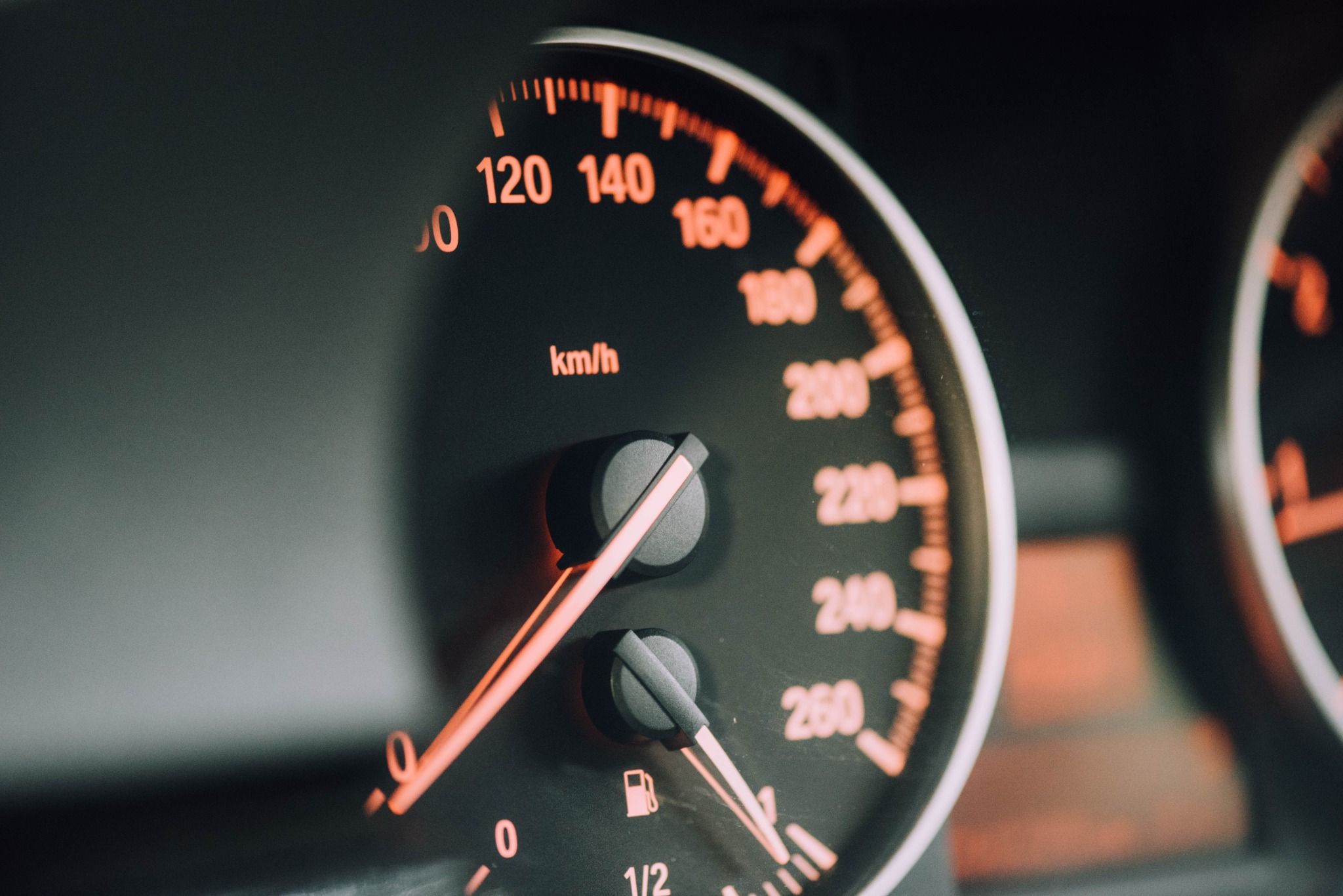Honda Car Servicing
Why choose Swansway to service your Honda:
- Honda trained technicians
- Free wash & vac
- Free vehicle health checks
- Oil & fluid top ups
- Loan cars available*
- 2 years parts and labour guarantee
- Only Honda genuine parts
- Price Match
*Subject to availability
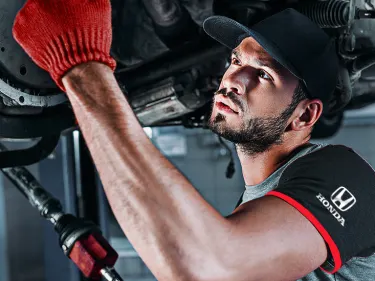
Our Approved Honda Centres are located in Bolton and Stockport offering the full range of Honda servicing with the highest levels of care. Get in touch by calling on 03308 387415 or enquiring with the form below.
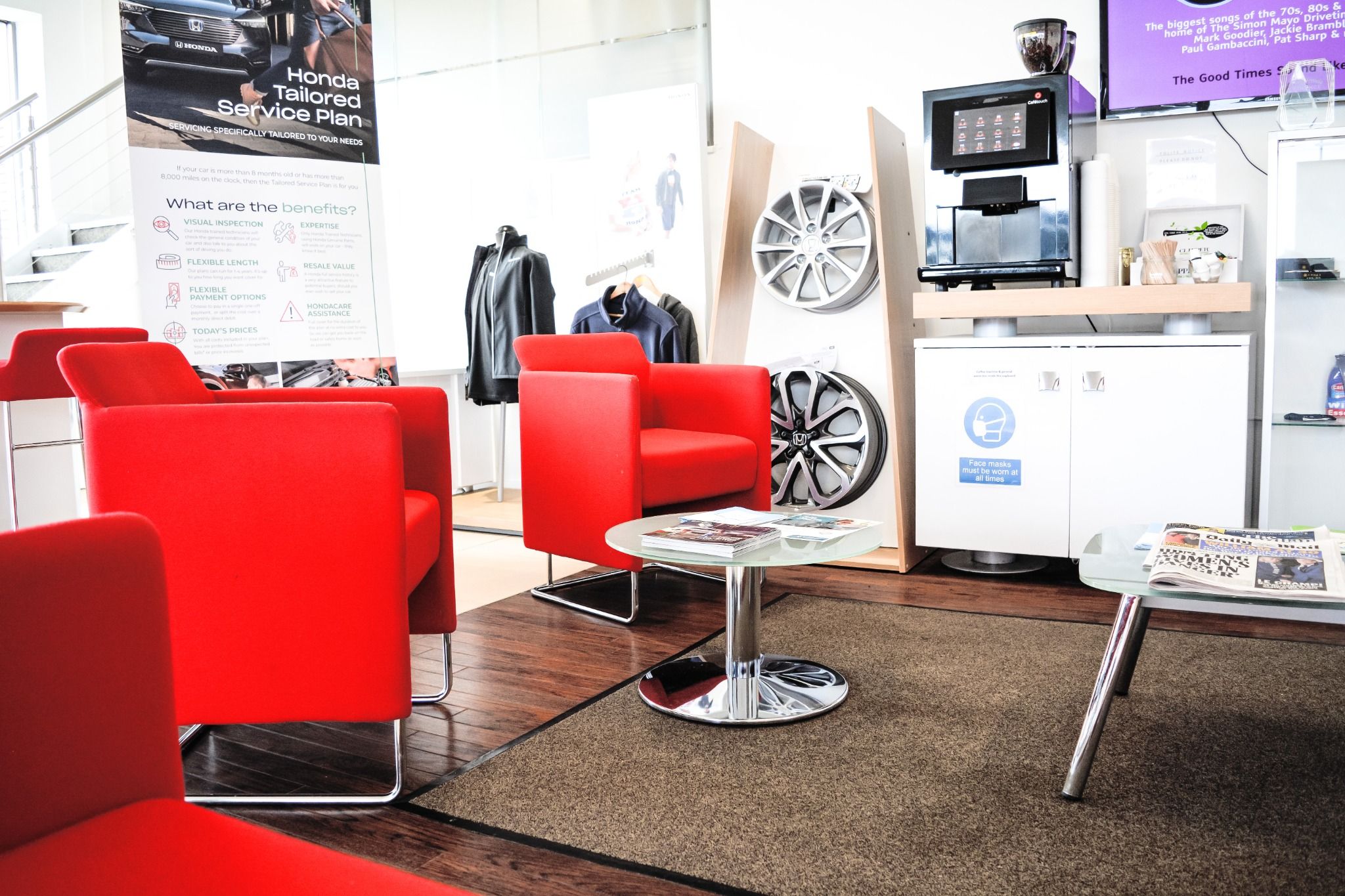
Honda Approved Bodyshop
You can be sure that your Honda is in safe hands with us.
Our Crewe Accident Repair Centre is fully approved by Honda to carry out any repair work needed for your Honda, so you can be certain that all repairs are carried out to the exacting standards that you’d expect from Honda, in line with their factory standards. All repairs are carried out by Honda trained technicians using genuine Honda Parts.
With loan cars available, booking your vehicle in for any repairs is easy.
Get in touch for a free no-obligation repair quote today.
Honda Service Plans
Clear and simple Honda service plans give you peace of mind that all your servicing costs are covered in one package, spread the cost over monthly payments and avoid any big spending when it comes to servicing, it’s quick to arrange as a service plan can be activated the day you buy it.
Looking for something else?

How to check your exterior lights
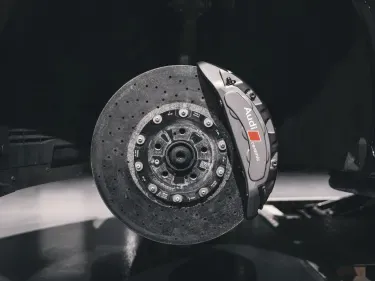
How to check the condition of your brakes
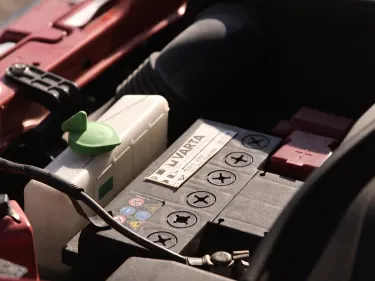
How to check a car's battery
